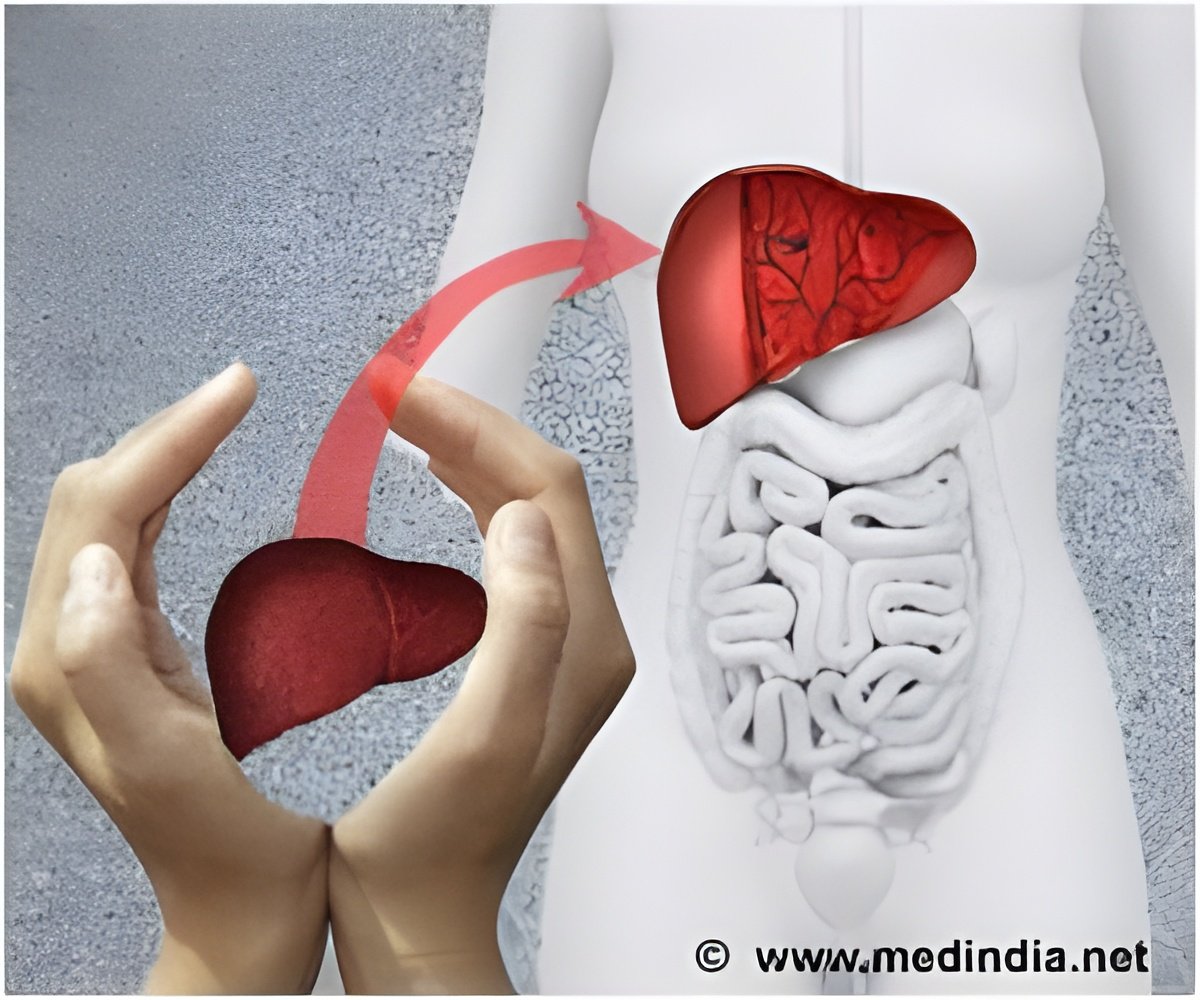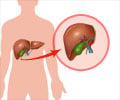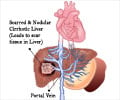The survivors of childhood liver transplant remain nutritionally compromised over the long-term, reports new research.

Children with end-stage liver disease may be malnourished due to inadequate food consumption, abnormal absorption of nutrients, or excessive increase in metabolism (hypermetabolic state). Previous studies suggest that malnutrition may reduce body fat, protein stores, body cell mass, and cause deficiencies in fat soluble vitamins, iron, zinc, and selenium before transplant; and increase mortality after liver transplantation. The "gold standard" for assessing nutritional status is by measuring body cell mass using the total body potassium measurement.
For the present study Dr. Looi Ee and colleagues from The University of Queensland in Brisbane, Australia recruited 32 children aged less than 18 years, who were scheduled for liver transplant at the Royal Children's Hospital. Researchers measured total body mass prior to liver transplant and at follow-up on average seven years post-transplant. Patient age at transplant, growth impairment, biliary atresia diagnosis and steroid use were also examined.
Twenty of the participants were male, 62% had biliary atresia, and the average age at transplant was two years. Results showed the patients' body cell mass for height (BCM/Heightp) was reduced prior to liver transplant, but further reduced after transplant despite height and weight returning to normal. Analyses indicate that older age at transplant predicted reduced post-transplant BCM/Heightp) . Researchers did not find that gender, age at transplant, steroid use, and underlying diagnosis predicted changes in BCM/Heightp).
"Our study found reduced body cell mass in those who underwent childhood liver transplant up to 15 years post-transplant, despite a return to normal height and weight following surgery," said Dr. Ee. "Likely weight recovery was due to increased fat mass—what would be called "skinny fat"—since body cell mass did not improve."
Source-Eurekalert















